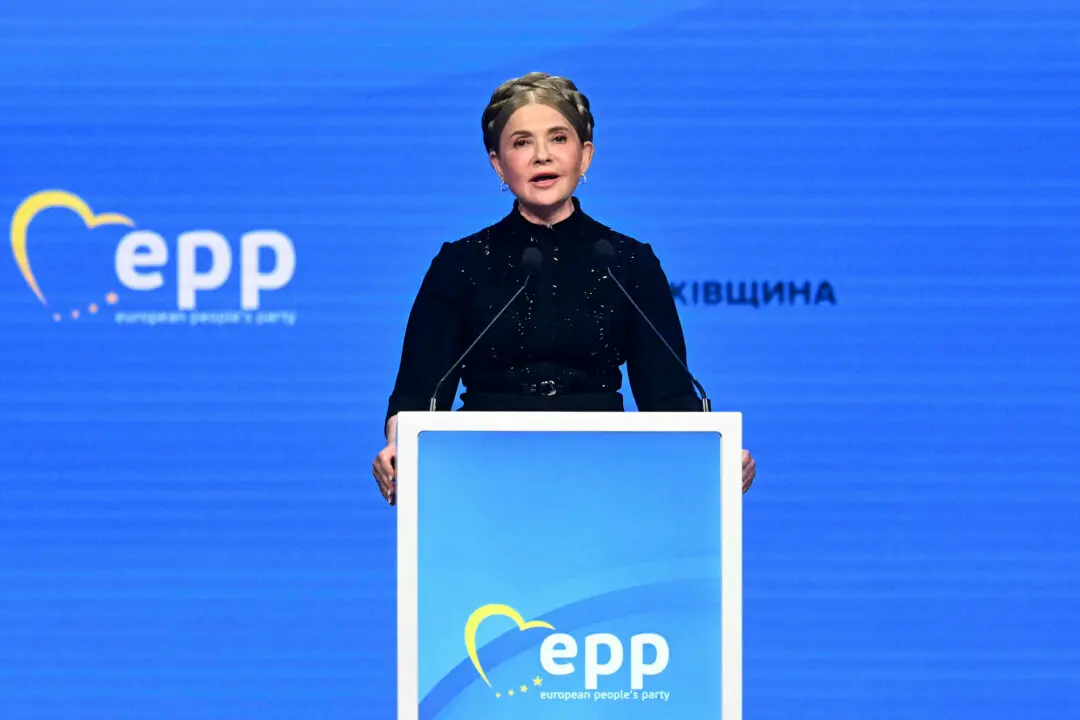The Biden administration has announced stringent new rules to reduce the use of coolants used in most air conditioning units and other appliances in the name of fighting climate change, with experts warning it will likely mean Americans will have to pay more to stay cool.
The Environmental Protection Agency (EPA) this week issued a final rule to slash the use of hydrofluorocarbons (HFCs) by 40 percent by 2028 while decrying the chemical a “climate super-pollutant.”





